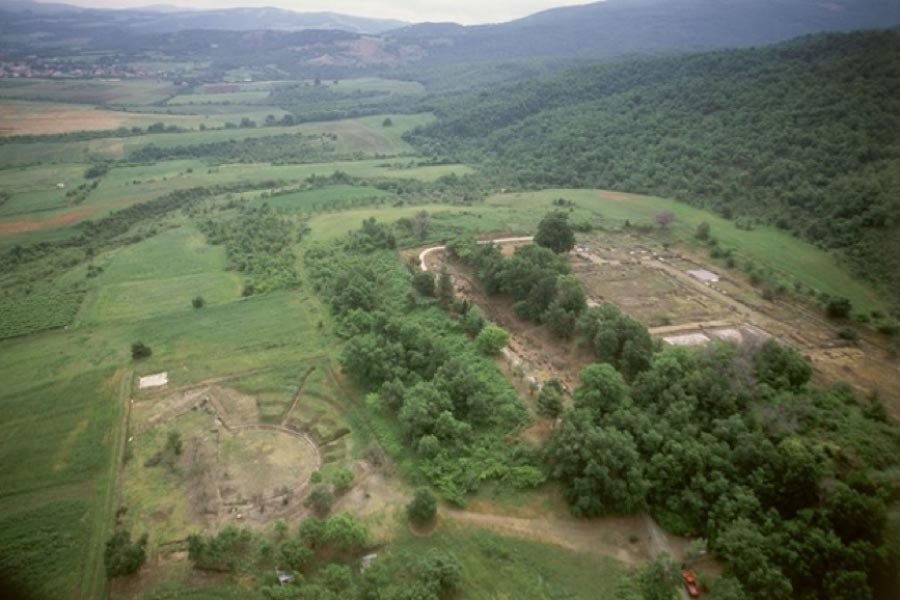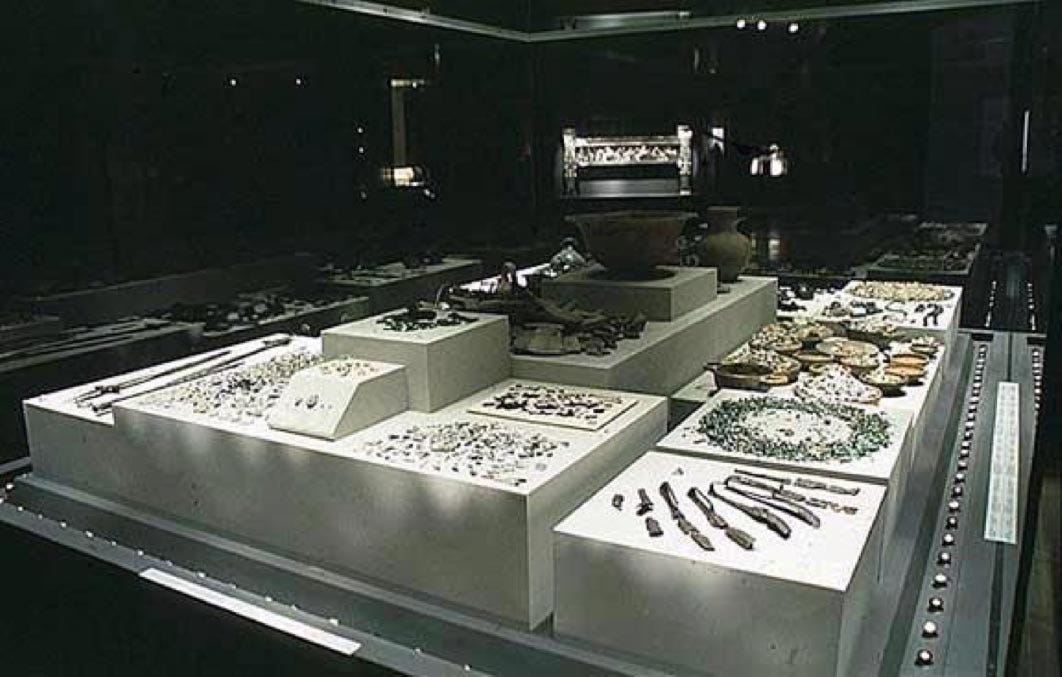Orphic Masks and Burial Rituals: Unmasking King Philip II of Macedon
The ancient Greek world was steeped in superstition and deisidaimonia, a ‘sanctimonious piety’. Not only did the gods above need pacifying, but also the daimons below. Thunder was Zeus’ anger, sea storms Poseidon’s wrath, and the dark mood of Demeter was responsible for crop failure and famine, if not a pestilence spread by Apollo.
When looking to the sky, comets were considered celestial portents, while eclipses were harbingers of death. Man could do no more in the face of such threats than beseech divine favor, so animals were sacrificed before battle and libations poured into the earth to ensure good fortune at any and every significant event.
But the dialogue with lofty Olympian deities and chthonic gods beneath often went deeper and darker than that, with the more ancient of the mysticisms rooted in atonement, the expulsion of curses, and purification rituals in which tombs and mausoleums played an integral part. Ghosts frequented the subterranean burial chambers where the deceased commenced their journey to the realm of Hades, and they were not to be intruded upon without consequences.
Desecrator’s Guilt
Which is why when the head excavator at Vergina in northern Greece discovered the cluster of four royal tombs and a shrine beneath a great earthen hill in 1977, he carried with him a keen sense of the ‘desecrators’ guilt’. The emotion was made more poignant when the artifacts from unlooted Tombs II and III were dated to the mid-to-late fourth century BC: he was trespassing in chambers buried and sealed in the era of King Philip II of Macedon and his son, Alexander the Great.

Thirty-five years later, an anthropological team studying the bones from what had proved to be the location of ancient Aegae, the burial ground of kings, found evidence of these ancient death rituals.
Tomb II was the scene of a unique double burial: in two never-before-seen gold ossuary chests lay the cremated remains of a male and female, positioned in each of the tomb’s two chambers. The ageing of the male and female bones ruled out every possible identity but Philip II himself. The team also found signs of an even more mysterious funeral convention that harked back to Homer’s poems and the heroes of Troy. At the spiritual capital of Aegae in the ‘sub-Homeric enclave’ of ancient Macedon, it appears Alexander the Great was re-enacting the funeral Achilles held for Patroclus when consigning his assassinated father to the flames of a huge cremation pyre.
Keep reading with a 7-day free trial
Subscribe to Ancient Origins UNLEASHED to keep reading this post and get 7 days of free access to the full post archives.


